The Ultimate Guide to Growing Artemisia Powis Castle Plant
Introduction to Artemisia Powis Castle Plant
Artemisia ‘Powis Castle’, a hybrid perennial plant, is an exceptional ornamental plant in the gardening world. Known for its elegant, silvery-gray foliage, it is not only visually striking but also adaptable to a variety of garden settings. This versatile plant adds texture and contrast to landscapes, making it a favorite among gardeners seeking a unique aesthetic. Its ability to thrive in diverse conditions further enhances its reputation.
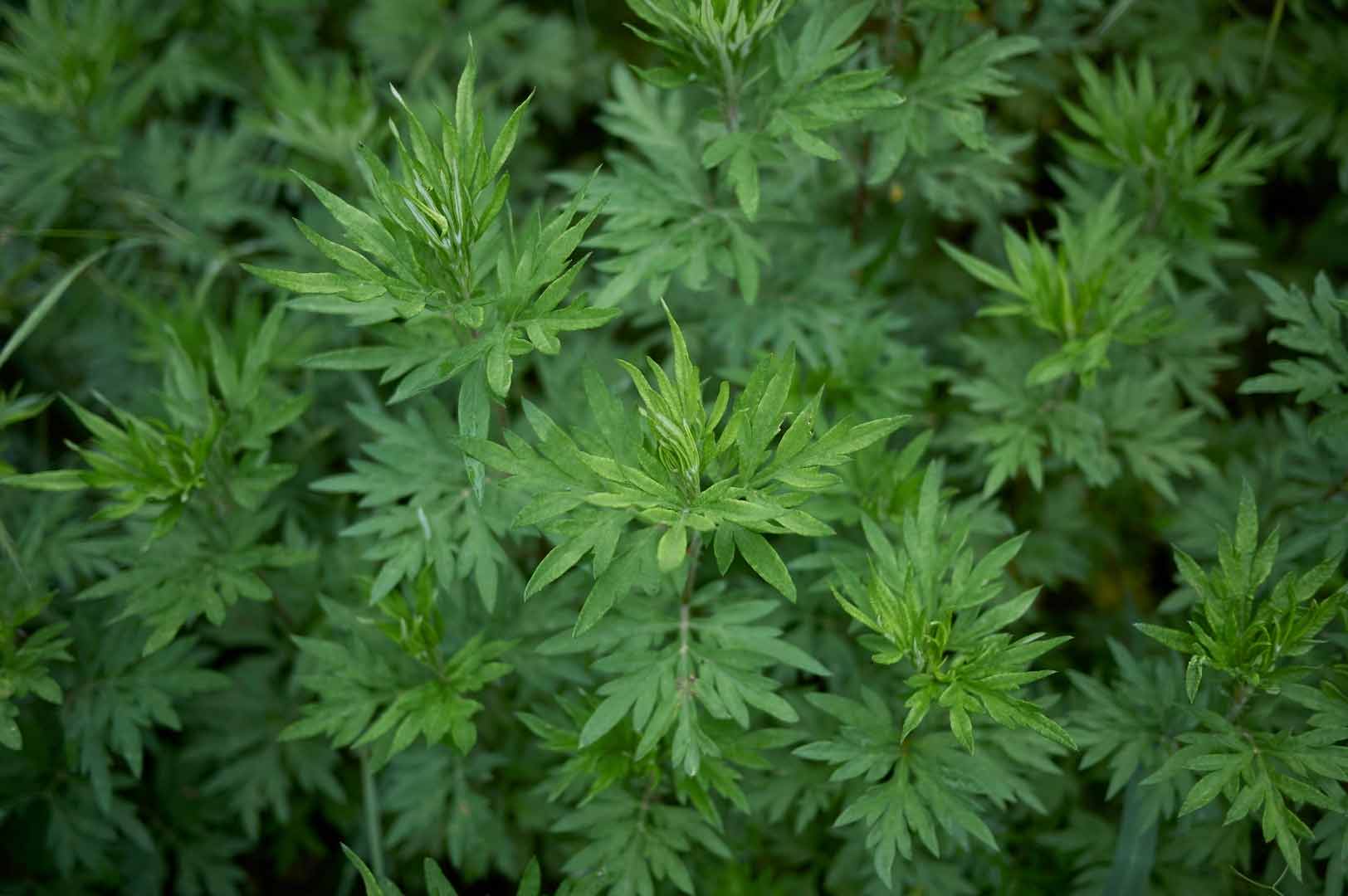
This guide is your comprehensive resource for growing and caring for Artemisia ‘Powis Castle’ in your garden. Whether you’re a seasoned gardener or just starting out, understanding the nuances of this plant will ensure it becomes a thriving part of your landscape. From its botanical characteristics to creating ideal growing conditions, every aspect will be covered.
Embrace the resilience and beauty of Artemisia ‘Powis Castle’ and transform your garden into a captivating space with this stunning plant.
A Brief History of Artemisia 'Powis Castle'
The story of Artemisia ‘Powis Castle’ is as fascinating as the plant itself. This variety is a hybrid, believed to have been developed in the 20th century. Its name comes from Powis Castle, a historic site in Wales famous for its beautiful gardens, where this unique plant was first grown. Known for its toughness and eye-catching leaves, it quickly became a favorite among gardening fans.
The Role of Jimmy Hancock
A key figure in making Artemisia ‘Powis Castle’ well-known was Jimmy Hancock, a leading expert in plants. He played a major role in spreading this variety by working hard on growing and sharing it, allowing it to be found in gardens all over the world. Thanks to his efforts, Artemisia ‘Powis Castle’ has gone from being relatively unknown to becoming a popular choice for gardeners looking for both strength and beauty.
Impact on Gardening
When the plant was introduced into gardens, it marked an important change in decorative gardening, providing an easy-care option that does well in different situations. With its silver leaves and ability to fit into various garden styles, Artemisia ‘Powis Castle’ continues to attract those who value both historical importance and visual appeal in their outdoor areas.
Botanical Characteristics of Artemisia 'Powis Castle'
Artemisia ‘Powis Castle’, a captivating member of the Asteraceae family, stands out in the vast array of Artemisia species. Its unique attributes make it a favorite among gardeners for both its resilience and aesthetic appeal.
Foliage and Growth Habit
The foliage of Artemisia ‘Powis Castle’ is arguably its most striking feature. The plant boasts elegant, silver-gray foliage that shimmers under sunlight, adding a touch of sophistication to any garden setting. This color not only provides a visual contrast but also complements a variety of other plants, making it versatile for different garden designs.
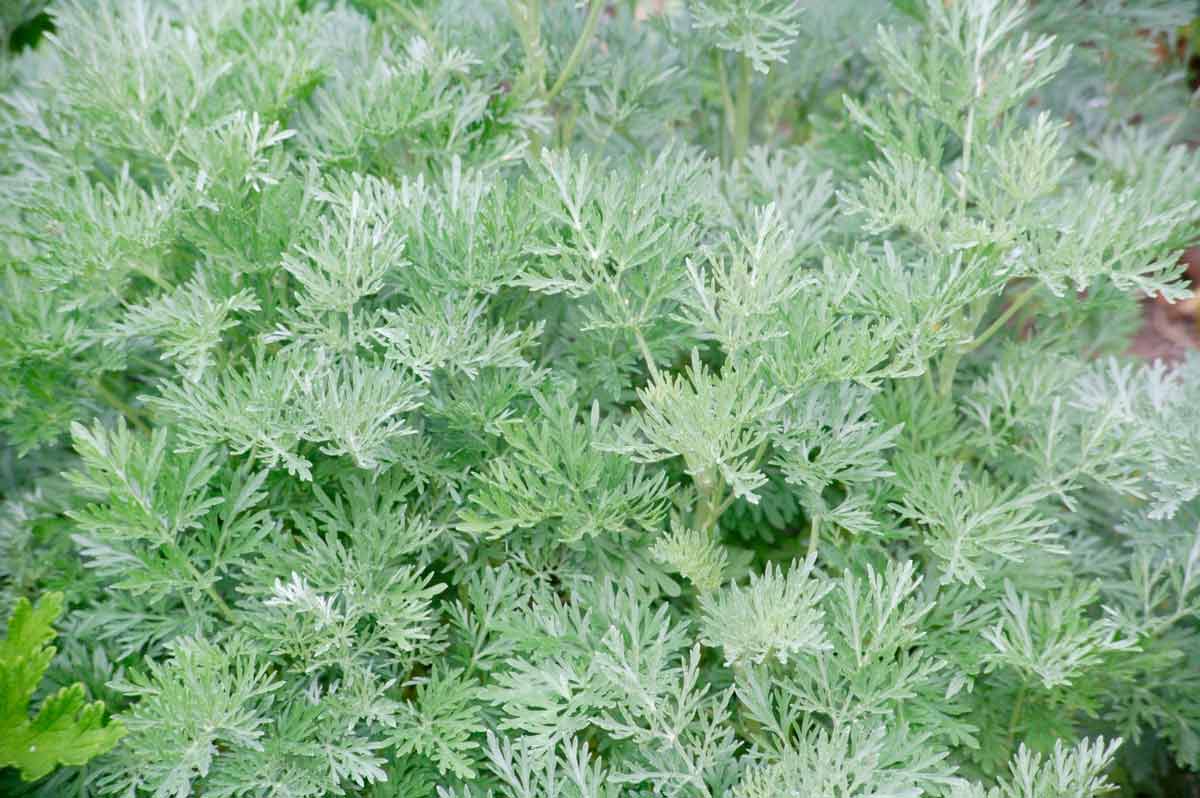
Color and Texture
The leaves are finely divided, giving them a feathery appearance. This texture enhances its ornamental value, as the delicate-looking leaves sway gently with the breeze, creating dynamic movements in the garden landscape.
Growth Habit
Known for its clump-forming nature, Artemisia ‘Powis Castle’ typically reaches heights of about 2-3 feet with an equivalent spread. Its growth pattern is characterized by the formation of dense clumps through underground rhizomes, which allow the plant to gradually expand without becoming invasive. This makes it an excellent choice for borders and edging in garden designs where defined shapes are desired.
The plant’s robust structure is further emphasized by its ability to maintain a compact form even with minimal pruning. This characteristic is particularly beneficial for gardeners who seek low-maintenance options that still deliver high-impact visuals.
Flowering Traits of Artemisia 'Powis Castle'
Artemisia ‘Powis Castle’ is a fascinating member of the Asteraceae family, known for its striking silver-gray foliage and its unique clump growth facilitated by underground rhizomes. Despite the diversity within the Artemisia species, which includes well-known relatives like Artemisia absinthium (commonly known as wormwood) and Artemisia arborescens, ‘Powis Castle’ stands apart due to its distinctive flowering behavior.
Rarity of Flowers
One of the most intriguing aspects of the Artemisia powis castle plant is its flowering habits. Unlike many other garden plants, this cultivar rarely produces flowers in cultivation. When it does bloom, the flowers are small, yellow, and often go unnoticed among the lush foliage.
This rarity can be attributed to the plant’s primary focus on foliage aesthetics rather than flower production.
Aesthetic Implications
- Visual Appeal: The scarcity of flowers does not detract from the plant’s appeal; instead, it highlights the beauty and texture of its silver-gray leaves.
- Garden Impact: In garden settings, this lack of prominent blooms allows Artemisia ‘Powis Castle’ to serve as a stunning backdrop or a complementary element in mixed borders without competing with more vibrant flowering plants.
Emphasizing foliage over flowers offers gardeners a unique ability to design landscapes that prioritize texture and color variation. The limited flowering ensures that Artemisia ‘Powis Castle’ retains its structural integrity throughout the growing season, making it an ideal choice for those seeking low-maintenance yet visually compelling options for their garden spaces.
Creating Ideal Growing Conditions for Artemisia 'Powis Castle'
Artemisia ‘Powis Castle’ thrives in a variety of climates, making it a versatile choice for gardeners across different regions. This plant is well-suited to USDA Zones 6-10, where it can exhibit its full potential. Understanding the optimal growing conditions is crucial to achieving a healthy and vibrant Artemisia ‘Powis Castle’ in your garden.
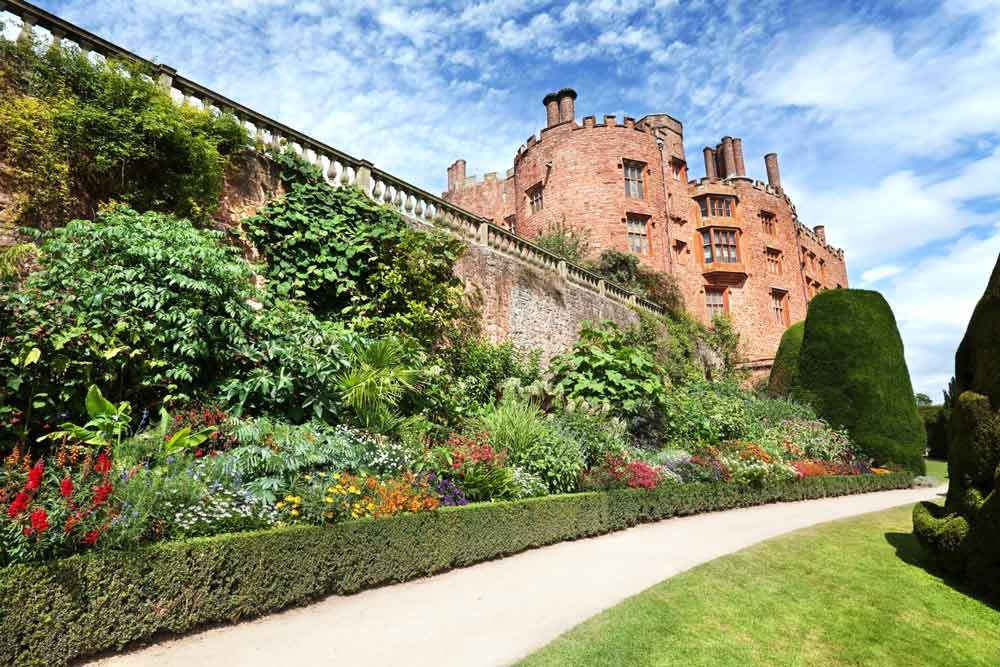
Watering Requirements for Healthy Plants
Establishing robust root systems is essential during the initial planting phase. Here are key considerations for watering:
Establishment Phase
During this period, consistent watering helps develop strong roots. It’s important to ensure the soil remains moist but not waterlogged, as this balance encourages deep root growth.
Watering Strategy Post-Establishment
Once established, Artemisia ‘Powis Castle’ displays remarkable drought tolerance. To reduce water needs:
- Allow the top inch of soil to dry out between waterings.
- Opt for deep watering sessions rather than frequent shallow ones.
This practice promotes resilience to dry spells while minimizing susceptibility to root rot.
Light and Soil Conditions
The interplay between sunlight and soil quality greatly impacts the plant’s vigor:
- Sunlight Exposure: This cultivar prefers full sun but can tolerate partial shade. Adequate sunlight enhances its silver-gray foliage, adding a striking element to garden designs.
- Soil Preferences: Well-drained soil is non-negotiable for Artemisia ‘Powis Castle’. Sandy or loamy soils are ideal, as they facilitate drainage and prevent waterlogging—a common precursor to root rot.
Preventing Root Rot
Root rot poses a significant threat if the plant sits in overly wet conditions. Strategies for prevention include:
- Soil Amendments: Incorporating organic matter or coarse sand improves drainage properties.
- Elevated Planting Beds: Raised beds or mounds allow excess water to drain away from roots effectively.
These techniques safeguard against excessive moisture accumulation, ensuring the plant’s longevity and health.
Through careful attention to these aspects—water management, light exposure, and soil quality—gardeners can create an environment where Artemisia ‘Powis Castle’ not only survives but flourishes.
Pruning Techniques to Maintain Shape and Health
Pruning is essential for maintaining the compact form and vigor of your Artemisia ‘Powis Castle’. This plant thrives in USDA Zones 6-10, where it benefits from full sun or partial shade and well-drained soil. To keep it healthy and aesthetically pleasing, consider these best practices:
Timing
The optimal time to prune is in early spring. This timing capitalizes on the plant’s natural growth cycle, encouraging robust development as the growing season begins.
Tools Required
Use sharp pruning shears to make clean cuts. This reduces stress on the plant and minimizes opportunities for disease entry.
Technique
Focus on removing any dead or damaged stems first. Trim back about one-third of the plant’s overall size to maintain its dense clump-like growth habit while promoting new foliage.
Shape Maintenance
Aim to keep a rounded shape by cutting back longer stems that disrupt this form. Artemisia has a natural tendency to become leggy if left unattended, so regular pruning helps prevent this.
Due to its drought-tolerant nature, Artemisia ‘Powis Castle’ is less prone to issues like root rot when grown in suitable climates with proper watering. Still, consistent pruning enhances air circulation around the base, further reducing potential moisture-related problems.
Consider the light requirements and soil preferences when planting your artemisia. It thrives best in full sun where the foliage can develop its characteristic silvery hue, though partial shade is also acceptable in hotter climates. By adhering to these pruning techniques, you ensure your artemisia remains a resilient and beautiful addition to your garden landscape.
Care Instructions for Your Artemisia Plant
Artemisia ‘Powis Castle’ is a great choice for busy gardeners because it’s easy to care for. This plant doesn’t need much attention, so even beginners can enjoy its beauty without a lot of work. However, it’s important to know how to take care of it properly to ensure it grows well and stays healthy.
Fertilization and Pest Control
- Fertilization: Artemisia ‘Powis Castle’ generally requires little to no fertilization. Its preference for poor to moderately fertile soils means that over-fertilizing can lead to leggy growth, detracting from its naturally compact form. If necessary, a light application of a balanced, slow-release fertilizer can be done in early spring to boost initial growth.
- Pest Resistance: One of the plant’s notable characteristics is its resistance to common garden pests, including deer. The aromatic foliage seems unappealing to these animals, making it an excellent addition to gardens often plagued by wildlife.
Propagation: Growing More Plants
Since Artemisia ‘Powis Castle’ does not produce viable seeds, propagation through cuttings is the most effective method to expand your collection.
Steps for Propagation Through Cuttings
- Timing: The best time to take cuttings is late spring or early summer when the plant is actively growing.
- Selecting Cuttings: Choose healthy, non-flowering stems approximately 4-6 inches long. Ensure you cut just below a node using clean, sharp scissors or pruning shears.
- Preparing Cuttings:
- Remove leaves from the lower half of each cutting.
- Dip the cut end into rooting hormone powder to encourage root development.
- Planting:
- Insert the cuttings into a pot filled with a well-draining potting mix.
- Water thoroughly and cover with a plastic bag or place in a propagator to maintain humidity.
- Rooting Environment:
- Position the pot in a bright area but away from direct sunlight.
- Keep the soil consistently moist but avoid waterlogging.
- Transplanting:
- Roots should develop within 4-8 weeks.
- Once rooted, transplant each cutting into individual pots or directly into the garden after acclimatization.
Propagation through cuttings is not only straightforward but also allows you to maintain the genetic characteristics of Artemisia ‘Powis Castle’, ensuring consistency in your garden design.
Ongoing Care
While Artemisia ‘Powis Castle’ is robust and easy-going, regular checks on soil moisture levels and occasional deadheading (if flowers appear) can promote a tidier appearance and prevent any potential issues like mildew in overly humid conditions.
Maintaining this resilient plant in your garden offers not only aesthetic pleasure but also peace of mind knowing that it requires minimal fuss while effectively resisting many common gardening challenges. As you continue cultivating your Artemisia ‘Powis Castle’, consider exploring companion planting options that complement its silvery foliage, enhancing your garden’s visual appeal even further.
Enhancing Garden Design with Companion Planting Ideas for Artemisia 'Powis Castle'
Artemisia ‘Powis Castle’ is known for its unique silver leaves and pleasant scent, making it a great choice for companion planting. Adding this plant to your garden can create eye-catching contrasts and improve the overall look.
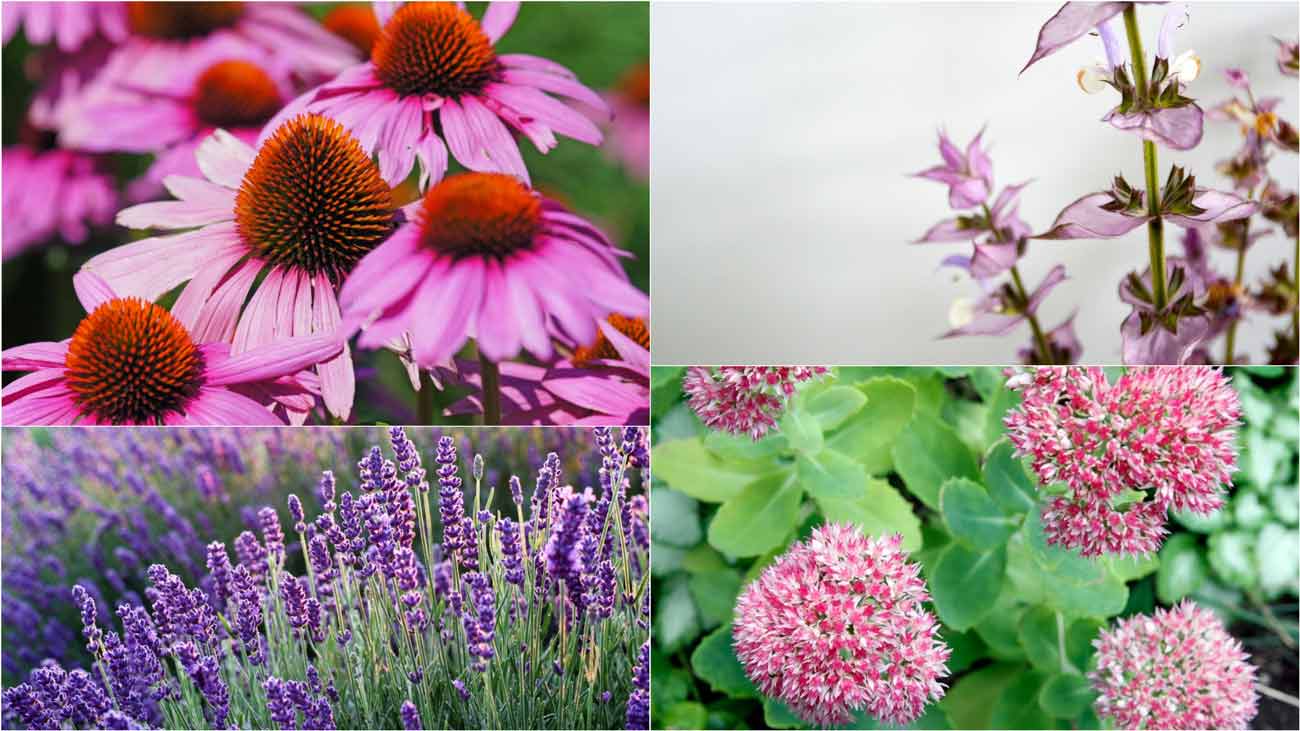
Suggested Companion Plants
Both lavender and Artemisia thrive in similar conditions—full sun and well-drained soil. The purple blooms of lavender complement the silvery leaves of Artemisia, adding a pop of color to your garden.
Salvia’s vibrant flowers provide a beautiful contrast against the muted tones of Artemisia. Both plants attract pollinators, which can increase the biodiversity in your garden.
Sedums are drought-tolerant like Artemisia, making them ideal partners. Their fleshy leaves and varied colors add texture and interest when paired with Artemisia’s fine foliage.
4. Echinacea (Echinacea purpurea)
Known for its coneflowers, Echinacea introduces height and a bold splash of color that complements the low-growing habit of Artemisia.
In mixed borders or herb gardens, these combinations showcase both diversity and harmony. By selecting plants with similar growing needs yet contrasting appearances, you can create a visually appealing landscape that thrives with minimal maintenance.
Medicinal and Culinary Uses of Artemisia Species
Artemisia species are known not only for their beauty but also for their various uses in traditional medicine and cooking. While ‘Powis Castle’ is mainly grown for its looks, the genus it belongs to has a long history of being used in different ways.
Medicinal Uses
Throughout history, different types of Artemisia have been used for their healing properties:
- Wormwood (Artemisia absinthium): Used to treat digestive issues and as a main ingredient in the drink absinthe.
- Mugwort (Artemisia vulgaris): Commonly used in herbal remedies to aid digestion and ease menstrual cramps.
Both plants are praised for their pleasant smells and possible anti-inflammatory benefits. However, it’s important to talk to a doctor before using any products made from Artemisia for medical purposes.
Culinary Uses
Although Artemisia plants aren’t usually associated with cooking, some kinds can add interesting tastes:
- Tarragon (Artemisia dracunculus): A well-liked herb in French cooking, often used to improve the taste of vinegar, sauces, and meats.
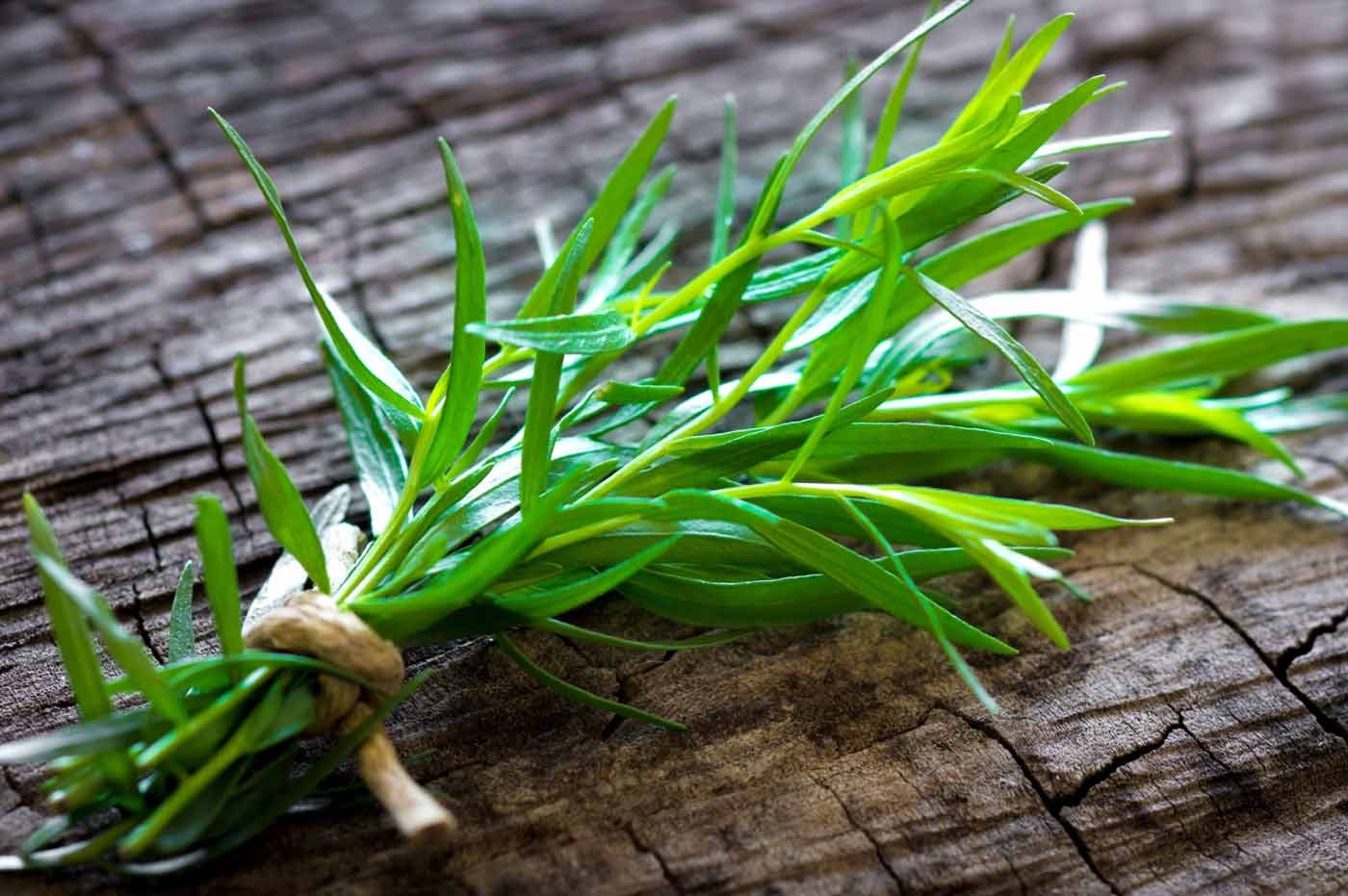
These plants’ unique flavors can turn ordinary meals into special dining experiences. Knowing about the extensive past and uses of Artemisia species enhances our understanding of this adaptable group beyond just its appeal in gardens.
Overcoming Challenges in Cultivating Your Own Artemisia Plants
Growing Artemisia ‘Powis Castle’ comes with its own set of challenges. However, its hardy nature makes it relatively easy to care for. With the right strategies, you can tackle common issues that may arise with Artemisia plants.
Pests and Diseases
- Pests: While the Artemisia ‘Powis Castle’ plant is generally pest-resistant, it can occasionally attract aphids. Regular monitoring and using insecticidal soap can effectively manage these pests.
- Diseases: Root rot is a concern due to overwatering. Ensuring well-drained soil and avoiding waterlogged conditions can prevent this issue.
Tips for Overcoming Challenges
By understanding these potential challenges and implementing proactive measures, you ensure that your Artemisia ‘Powis Castle’ thrives beautifully in your garden setting.
Conclusion: Embracing Resilience and Beauty in Your Garden with Artemisia 'Powis Castle'
The Artemisia Powis Castle plant offers an exceptional combination of resilience and beauty, making it an invaluable addition to any garden. Whether you’re designing a formal landscape or seeking to enhance a more relaxed, cottage-style setting, this plant’s versatile nature ensures it complements a wide array of garden styles.
- Formal Landscapes: Its silver-grey foliage provides a striking contrast against structured hedges and manicured lawns, adding depth and texture.
- Cottage Gardens: The informal charm of its feathery leaves blends seamlessly with the whimsical nature of cottage-style gardens, mingling effortlessly with colorful blooms.
This adaptability allows gardeners to explore creative planting schemes without compromising on visual appeal or ease of care. By integrating the Artemisia Powis Castle plant into your garden design, you cultivate not only a visually appealing space but also one that thrives with minimal maintenance.
Frequently Asked Questions (FAQ)
Artemisia ‘Powis Castle’ is a hybrid perennial plant known for its striking silver-gray foliage and clump growth habit. It belongs to the Asteraceae family and serves as an ornamental addition to gardens, providing both beauty and resilience.
This plant thrives in USDA Zones 6-10, preferring full sun to partial shade and well-drained soil. It is drought tolerant once established, making it suitable for various garden settings.
Propagation of Artemisia ‘Powis Castle’ is typically done through cuttings, as it does not produce viable seeds. This method allows gardeners to expand their collection easily.
Common issues include pests and diseases that may affect the health of Artemisia plants. Regular monitoring and implementing preventative measures can help overcome these challenges.
Care involves ensuring adequate watering during the establishment phase to promote strong roots, pruning in early spring to maintain shape, and monitoring for pests. The plant is low-maintenance, requiring minimal fertilization.
Yes, Artemisia ‘Powis Castle’ makes an excellent companion plant in mixed borders or herb gardens. Its unique foliage complements many other plants while also providing benefits like pest resistance.
